I have the following code right now, to show growth of a curve:
import numpy as np
import matplotlib.pyplot as plt
import mpl_toolkits.mplot3d.axes3d as p3
import matplotlib.animation as animation
def move_curve(i, line, x, y, z):
# Add points rather than changing start and end points.
line.set_data(x[:i+1], y[:i+1])
line.set_3d_properties(z[:i+1])
fig = plt.figure()
ax = fig.gca(projection='3d')
x = [1, 3, 8, 11, 17]
y = [7, 2, -5, 3, 5]
z = [5, 7, 9, 13, 18]
i = 0
line = ax.plot([x[i], x[i+1]], [y[i],y[i+1]], [z[i],z[i+1]])[0]
ax.set_xlim3d([1, 17])
ax.set_ylim3d([-5, 7])
ax.set_zlim3d([5, 18])
line_ani = animation.FuncAnimation(fig, move_curve, 5, fargs=(line, x, y, z))
plt.show()
I want to show the different lines in different colours. Also, I want to update the length of the axis as the curve grows.
How to do that? I am new to python so I might be missing something simple. Thanks for the help!

